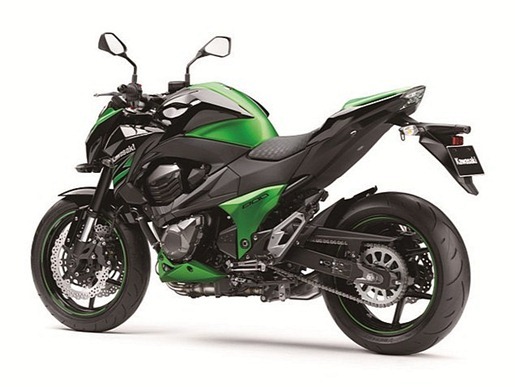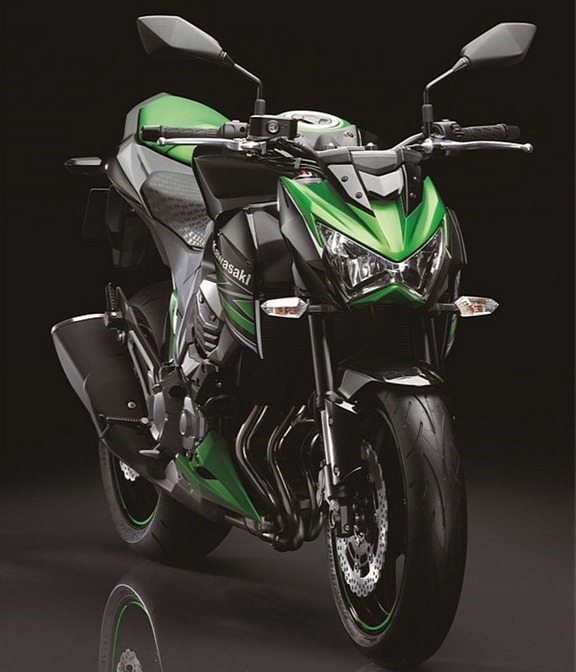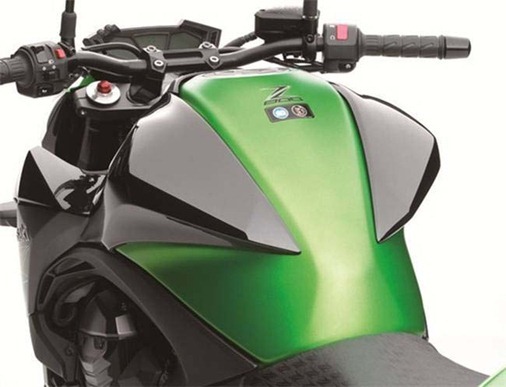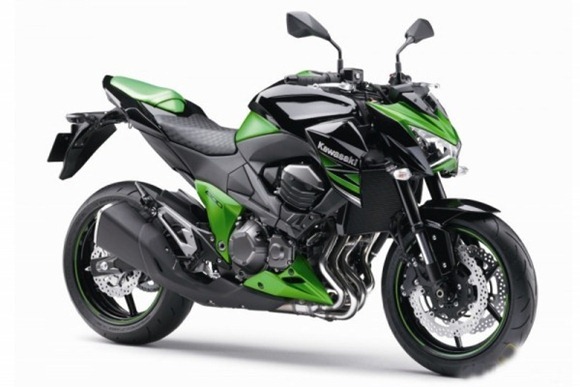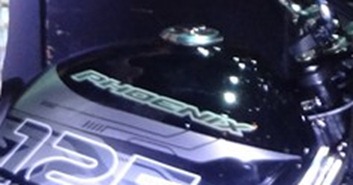The lightweight materials menu features metals
and non-metals, yet the selection process is not a one-size-fits-all
solution. Without question, every lightweight material choice matters,
especially with the industry working in overdrive to meet the U.S.
federal mandate for a 54.5-mpg fleet average in the 2025MY. That’s in
addition to a bevy of other upcoming governmental fuel economy and CO2 emissions regulations around the globe.
Jeffrey Moyer, Vice President of Business Development & Engineering at Meridian Lightweight Technologies, said the reality is that only two critical model-year life cycles remain for automakers to reach the 54.5-mpg requirement.
“That means the industry needs
lightweight, production-ready solutions for the next vehicle cycle,”
Moyer told attendees of the Global Automotive Lightweight Materials
event presented by American Business Conferences in Troy, MI, on Aug.
21-22.
Meridian’s current die-cast magnesium
production application list includes instrument panels, transfer cases,
lift gates/closures, front-end structures, steering wheels/steering
columns, as well as seat structures.
While calorie cutting is important for all vehicle parts, the body-in-white is a major target.
According to Stephen Logan, Senior Technical Specialist for Advanced Lightweight Programs, Materials Engineering at Chrysler
Group LLC, “in order to meet the challenges of increasing fuel economy
and reduced greenhouse gas emissions, the body must play a critical role
in vehicle weight reduction.”
Scott Miller, General Motors’
Global Director of Mass, Energy, and Aerodynamics, said a vehicle’s
typical subsystem mass distribution is led by the body (37%), followed
by the chassis (30%), powertrain (14%), interior (12%), electrical (4%),
and HVAC and powertrain cooling (3%).
Recent lightweight material examples
include a body structure prototype. Based on the 2003 Chrysler Sebring,
this magnesium-intensive body structure—after an adhesive cure—weighed
just 399 lb (181 kg). Lightweight production vehicle examples include
the current all-aluminum bodied Jaguar XJ and the 2013 Mercedes-Benz SL550 roadster.
The SL550 uses Novelis-supplied
aluminum for the doors, hood, and various structural pieces, including
the transmission tunnel that is made from a new aluminum alloy,
Anticorodal-300. At 560 lb (254 kg), the aluminum body is approximately
300 lb (136 kg) lighter than the predecessor.
Ganesh Panneer, Novelis’ Director of
Sales & Marketing, Automotive Products, said aluminum usage on
vehicles around the globe is projected to increase. Industry sources
indicate that when comparing 2011 to 2016, aluminum hoods likely will
jump from 11% to 15%; rear gates from 2% to 4%; doors from 1% to 5%;
roofs from 1% to 2%; and structures from zero to 2%.
“We’re also seeing A- and B-segment vehicles using aluminum, so aluminum usage is moving to the smaller segments,” Panneer said.
Carbon fiber’s production applications
have included roofs, hoods, and other Class A surfaces on low-volume
sports cars. But an upcoming global production vehicle will have 75% of
its body (including the hood, fenders, and roof) comprised of carbon
fiber.
“It will be the first time that carbon
fiber has been used this extensively on a base production car anywhere
in the world,” said Gary Lownsdale, Chief Technology Officer of Plasan Carbon Composites.
The key enabler for this up to 50,000-units-per-year vehicle
application is Plasan’s patented Pressure Press processing technology.
In terms of current production vehicle
applications, steel reigns as the dominant material choice with advanced
high-strength steels (AHSSs) gaining steam, especially for crash
management.
Industry projections indicate that in
2015, AHSS will account for 34.8% of body and closure content, with mild
steel at 29%; bake hardenable and medium HSS at 23.5%; and conventional
HSS at 10.2%. Aluminum and magnesium are predicted to be at 2.5%.
Development of third-generation AHSS is under way. The U.S. Automotive Materials Partnership (a research consortium of Chrysler Group, Ford
Motor Co., and General Motors) and the Auto/Steel Partnership are the
backbone of a four-year project that will use $6 million in funding from
the U.S. Department of Energy.
According to Ronald Krupitzer, Vice President Automotive Market for the Steel Market Development Institute,
the first phase of the project—which could begin as early as December
2012—will focus on applying the existing material modeling tools.
“The validation of the integrated
materials model and the evaluation of the materials performance in
vehicle components via CAE methods as well as materials coupon testing
will be the major objectives of phase two,” Krupitzer told SAE Magazines.
Research work done by NASA could lead to new automotive applications within the next five to 10 years. Gregory Peterson, Senior Technical Specialist for Lotus Engineering,
told SAE Magazines that many of the technical papers written by NASA
experts contain information that is highly valued as potential
lightweight solutions for further reducing vehicle weight.
“NASA has been developing space-age
materials for decades. And some of those materials are now commercially
available through NASA as the technologies are no longer proprietary.
We’ve had numerous meetings and discussions with the NASA team, and
we’re moving forward in several different areas to potentially
commercialize these products for passenger cars and trucks as well as
for military vehicles,” said Peterson.
Nigel Giddons, Chief Vehicle Architecture Engineer at Tata Technologies,
is leading a team tasked with designing and developing a passenger
vehicle with a “weight target that is aggressive at this stage in the
project.”
The job is indicative of what engineers are being asked to do on other vehicle programs, Giddons told SAE Magazines.
“It’s an all-point challenge at the
moment. That challenge is dictated by legislation, but also in most
instances it’s the customers who are demanding more fuel efficient and
environmentally friendly vehicles. And, weight and powertrain stand
together as a means to that end,” Giddons said.















